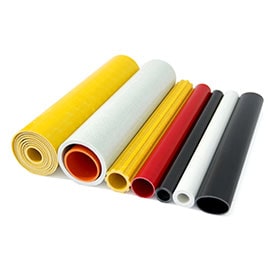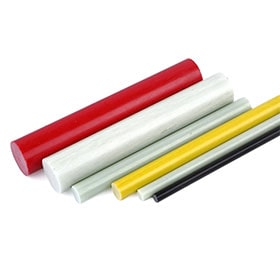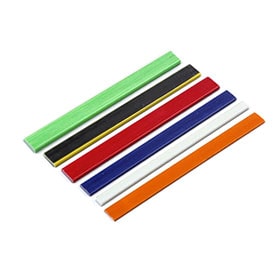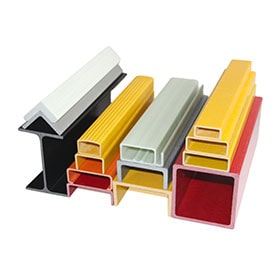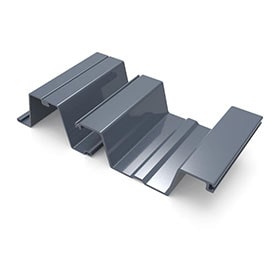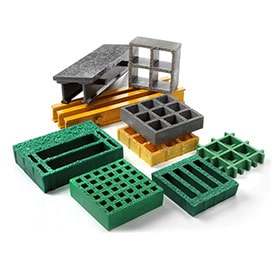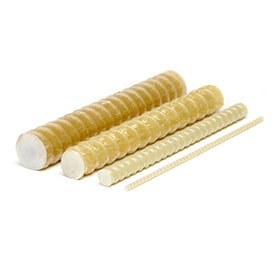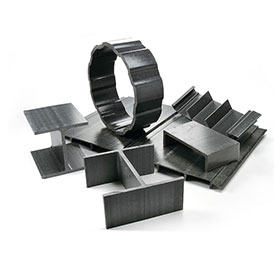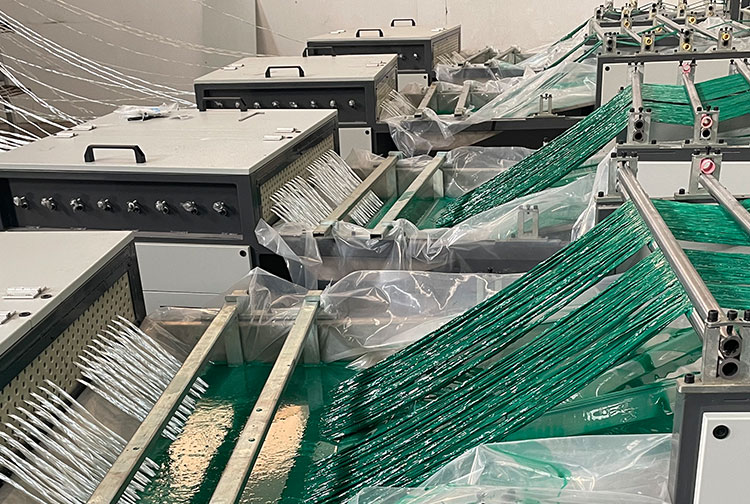
Types of Resin Used in FRP Profiles
1. Unsaturated Polyester Resin (UPR)
Unsaturated polyester resin is the most commonly used resin in FRP profiles due to its cost-effectiveness and fast curing properties.
- Advantages: Low cost, good processability, fast curing
- Disadvantages: Moderate corrosion and weather resistance
- Applications: Structural profiles, handrails, cable trays
2. Vinyl Ester Resin
Vinyl ester resin combines the processability of polyester with the corrosion resistance of epoxy, making it ideal for harsh environments.
- Advantages: Excellent chemical resistance, high strength and flexibility
- Disadvantages: Higher cost than UPR
- Applications: Chemical tanks, marine structures, industrial platforms
3. Epoxy Resin
Epoxy resin provides the highest mechanical strength and superior electrical insulation, commonly used in high-performance FRP components.
- Advantages: Excellent mechanical and adhesive properties, great electrical insulation
- Disadvantages: Higher cost, slower curing time
- Applications: Electrical insulators, aerospace components
4. Phenolic Resin
Phenolic resin is known for its flame resistance and low smoke production, suitable for fire-safe applications.
- Advantages: Naturally flame-retardant, high heat resistance
- Disadvantages: Brittle, lower mechanical strength
- Applications: Subway panels, tunnels, fireproof FRP profiles
Resin Type Comparison Table
| Resin Type | Cost | Strength | Chemical Resistance | Flame Resistance | Applications |
|---|---|---|---|---|---|
| Unsaturated Polyester | ★ | ★★☆ | ★★ | ★ | General profiles, cable trays |
| Vinyl Ester | ★★☆ | ★★★ | ★★★☆ | ★★ | Chemical processing, marine |
| Epoxy | ★★★ | ★★★★ | ★★★ | ★★ | Electrical, aerospace |
| Phenolic | ★★★ | ★★ | ★★☆ | ★★★★ | Fire-safe structures |
Choosing the right resin type is essential for optimizing the performance and cost-effectiveness of your FRP profiles. Contact us for custom fiberglass solutions tailored to your industry needs.
 +86 15303735673
+86 15303735673 Jessica@frpzs.com
Jessica@frpzs.com
 Technical Data
Technical Data


